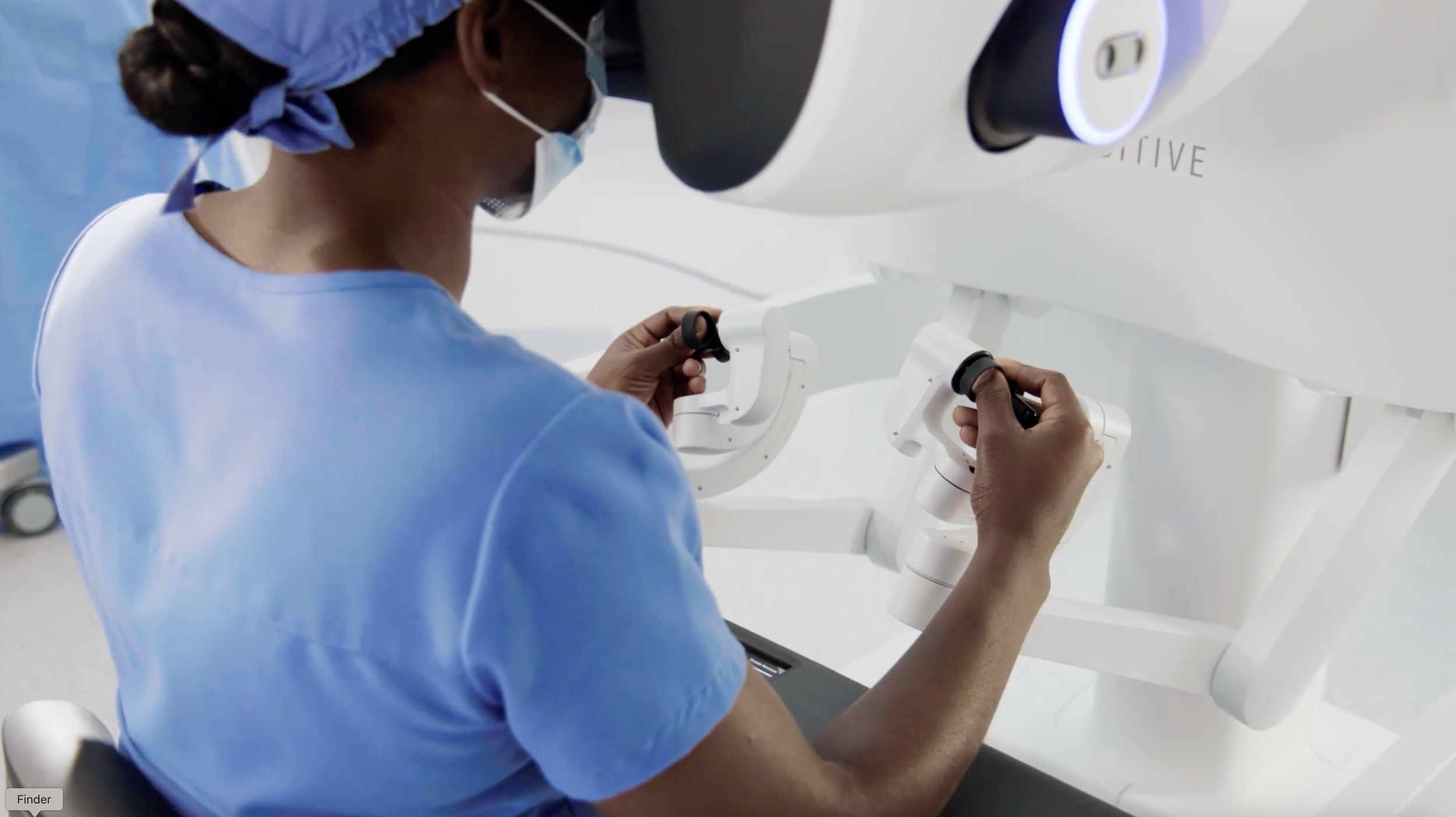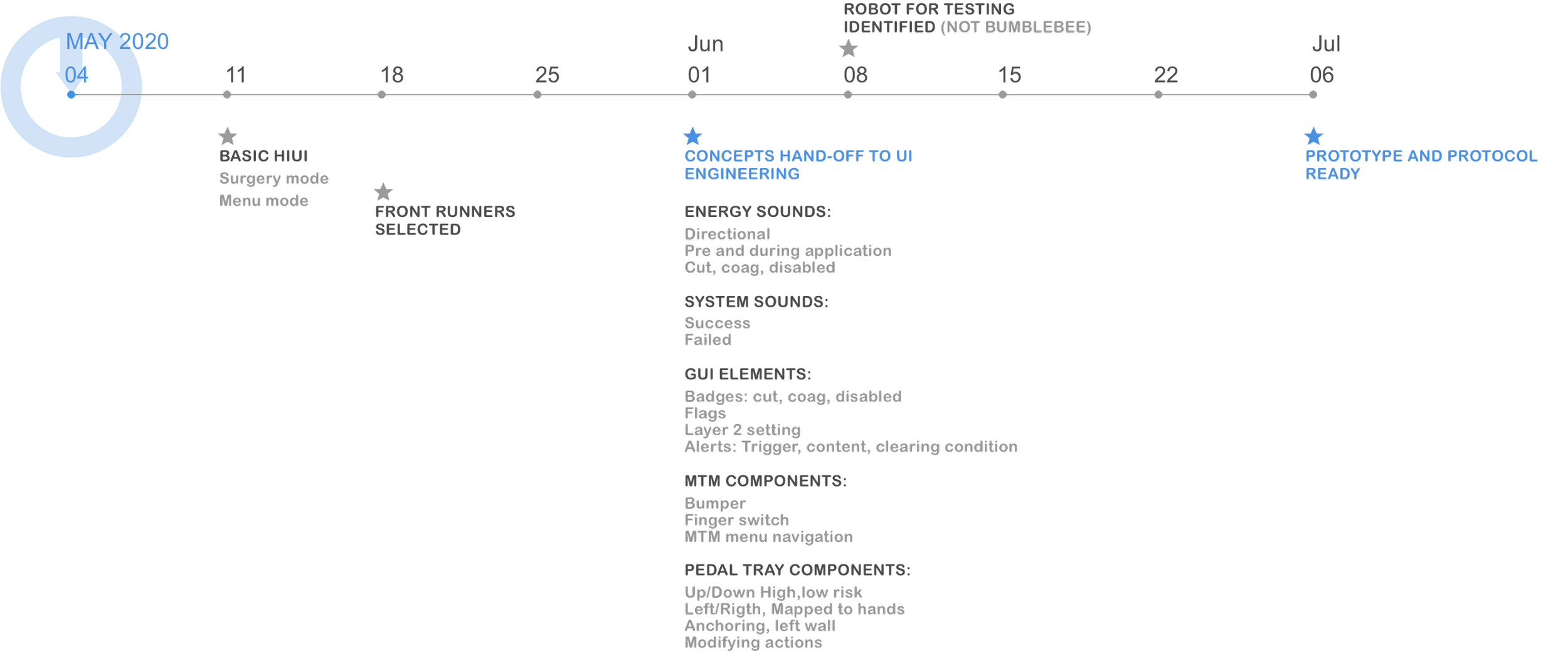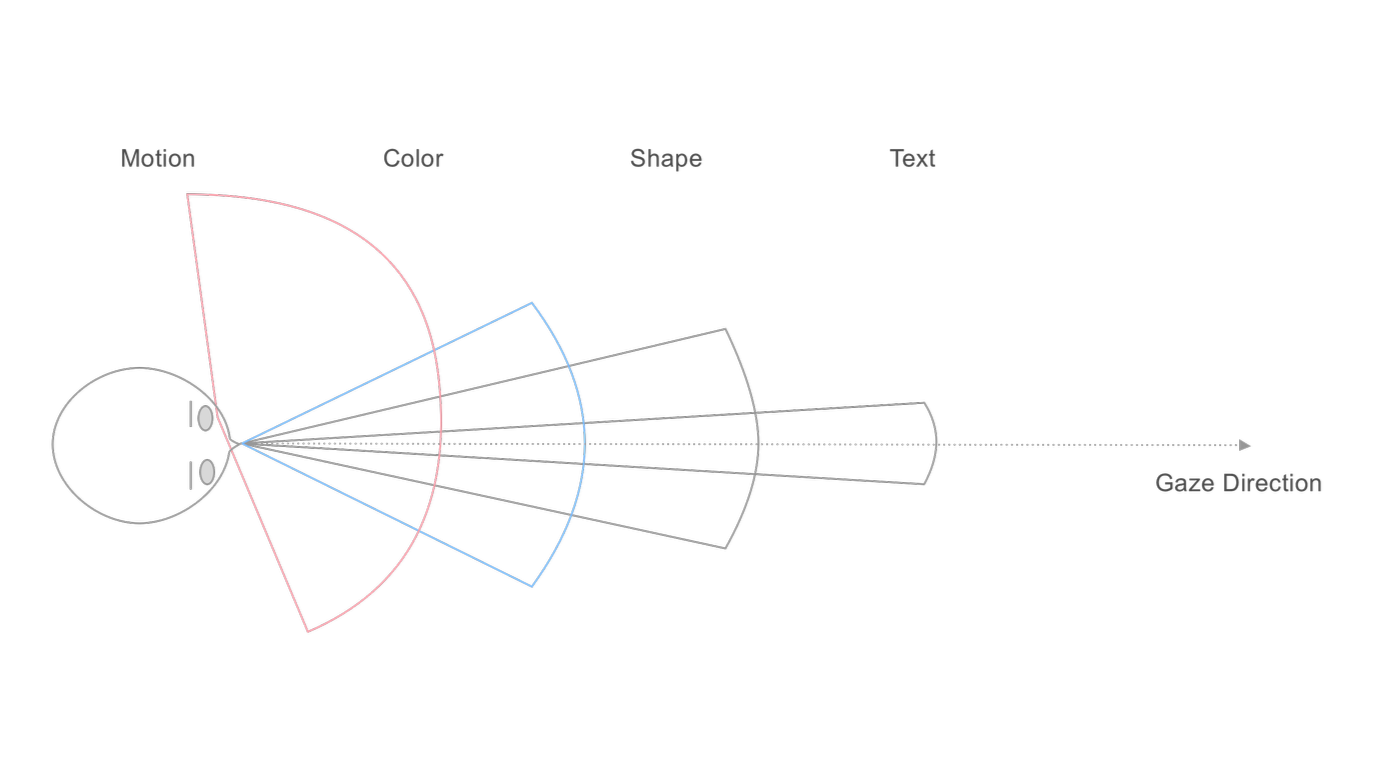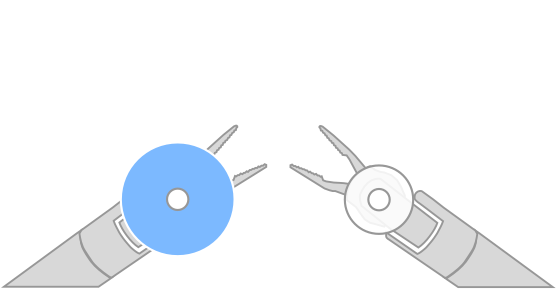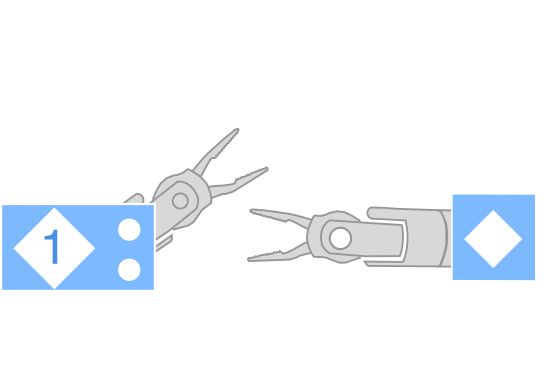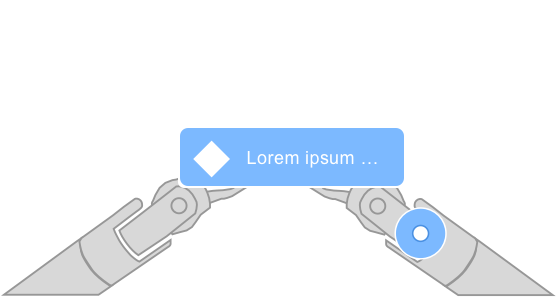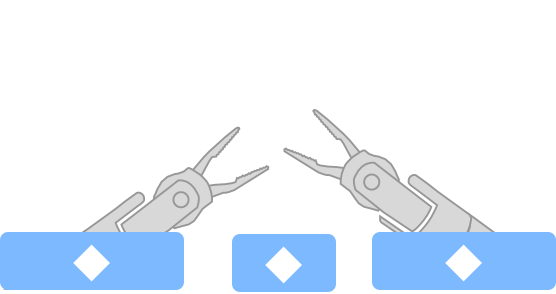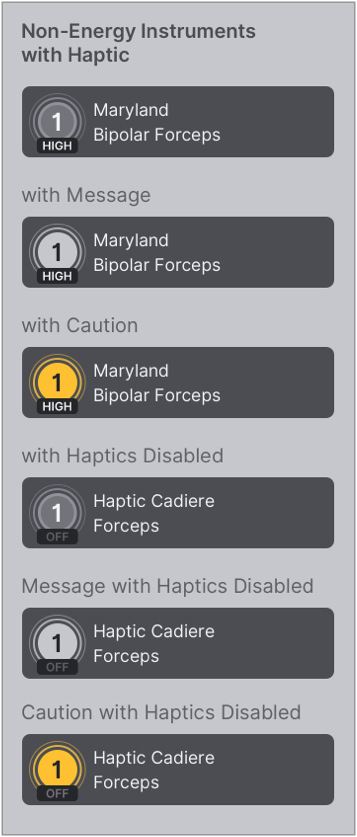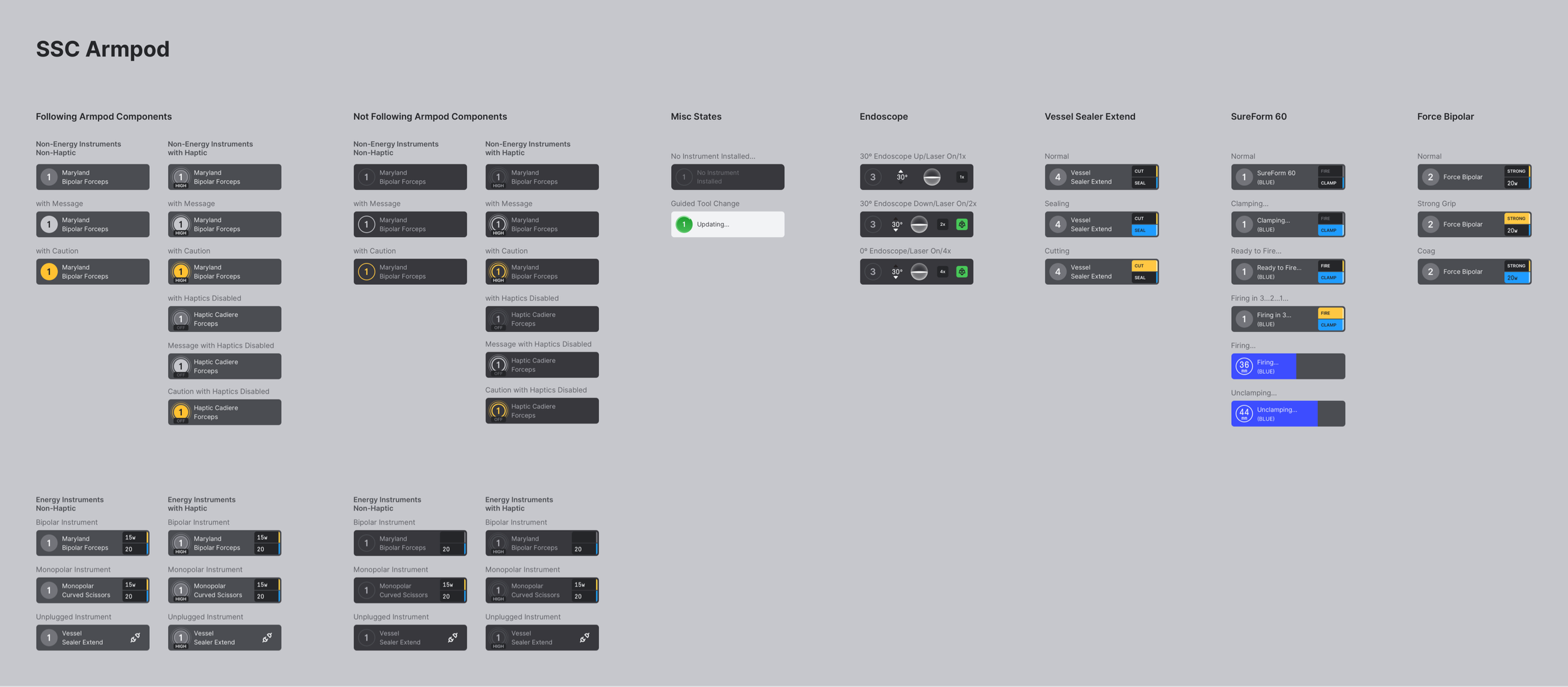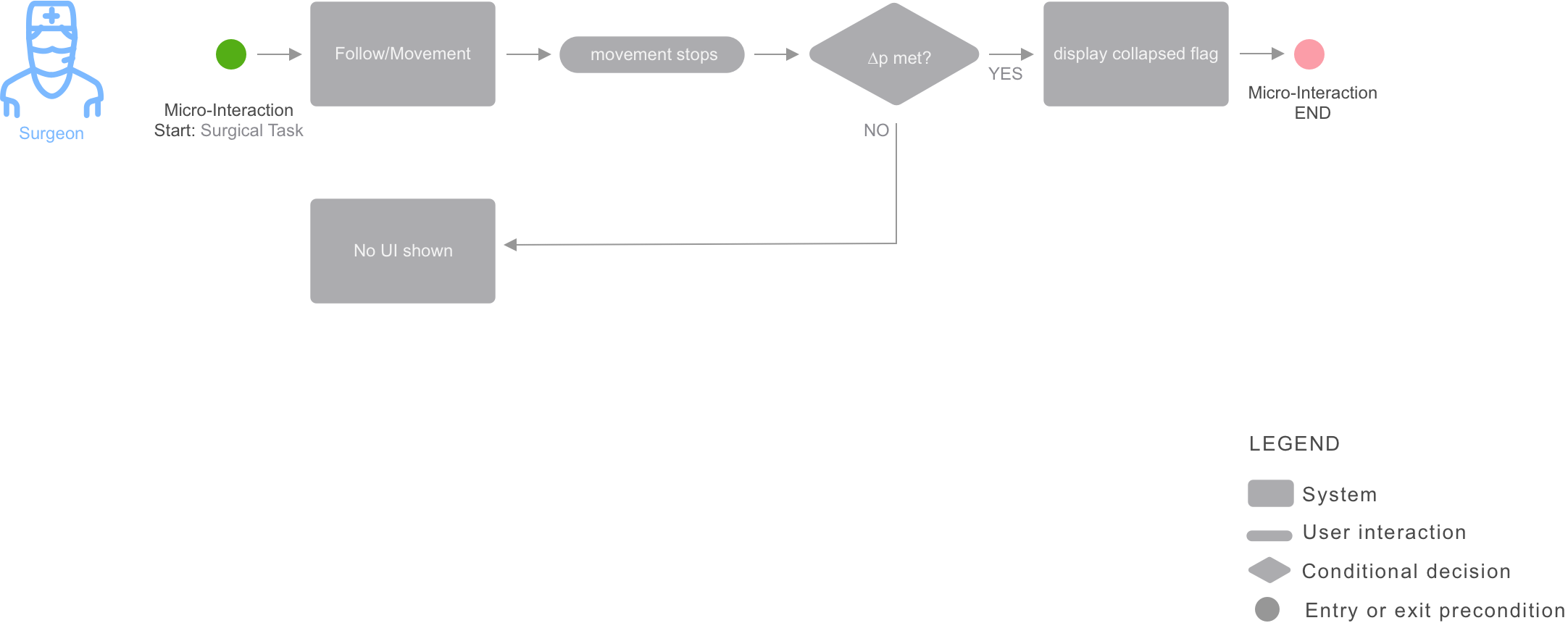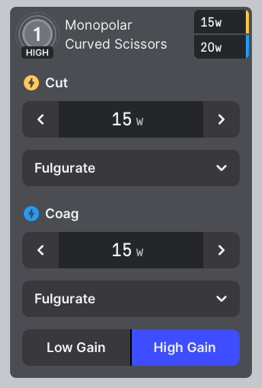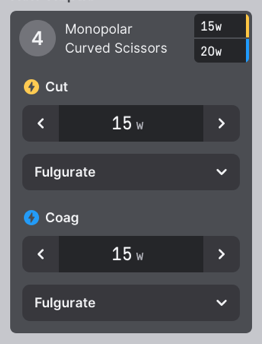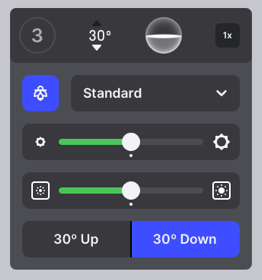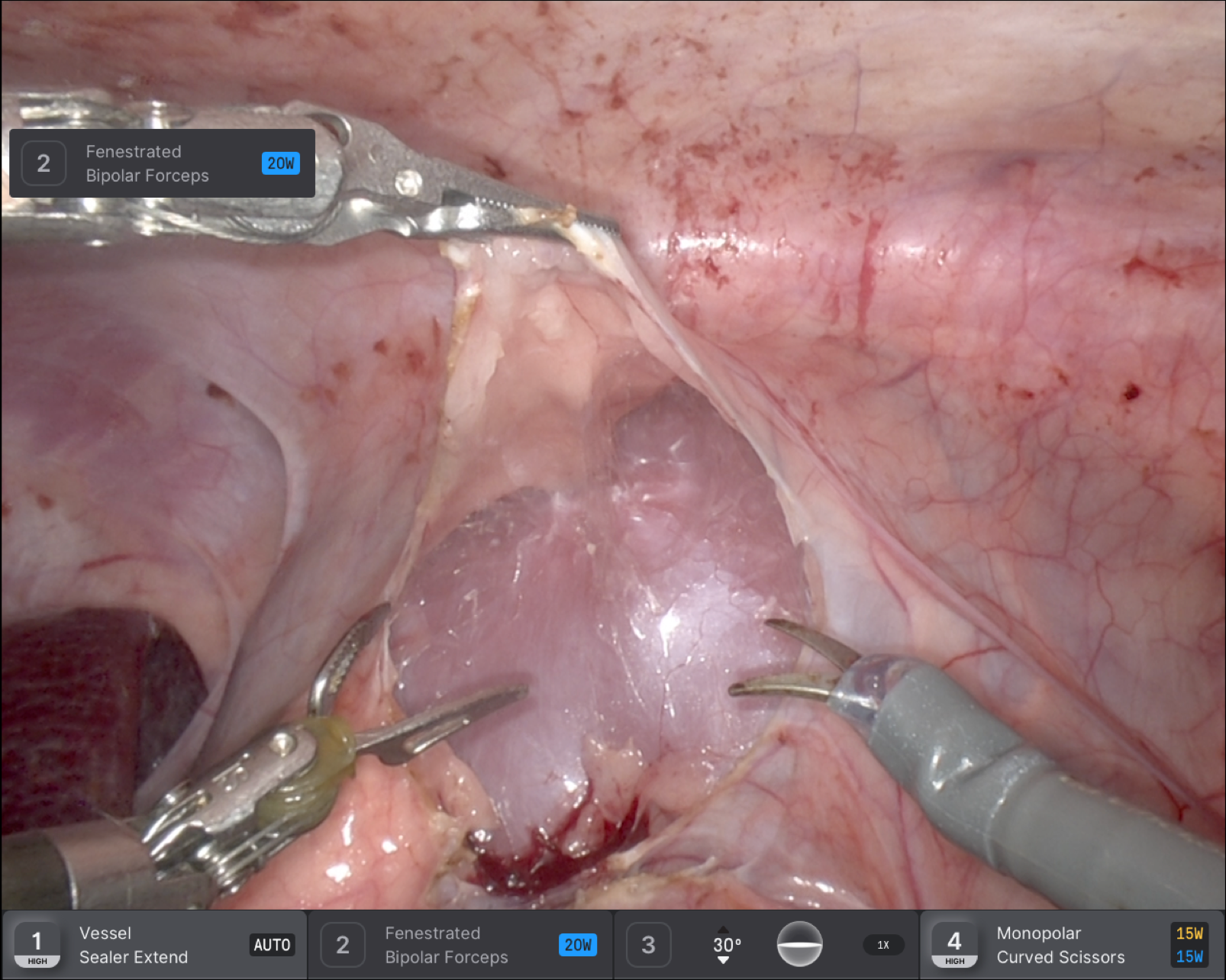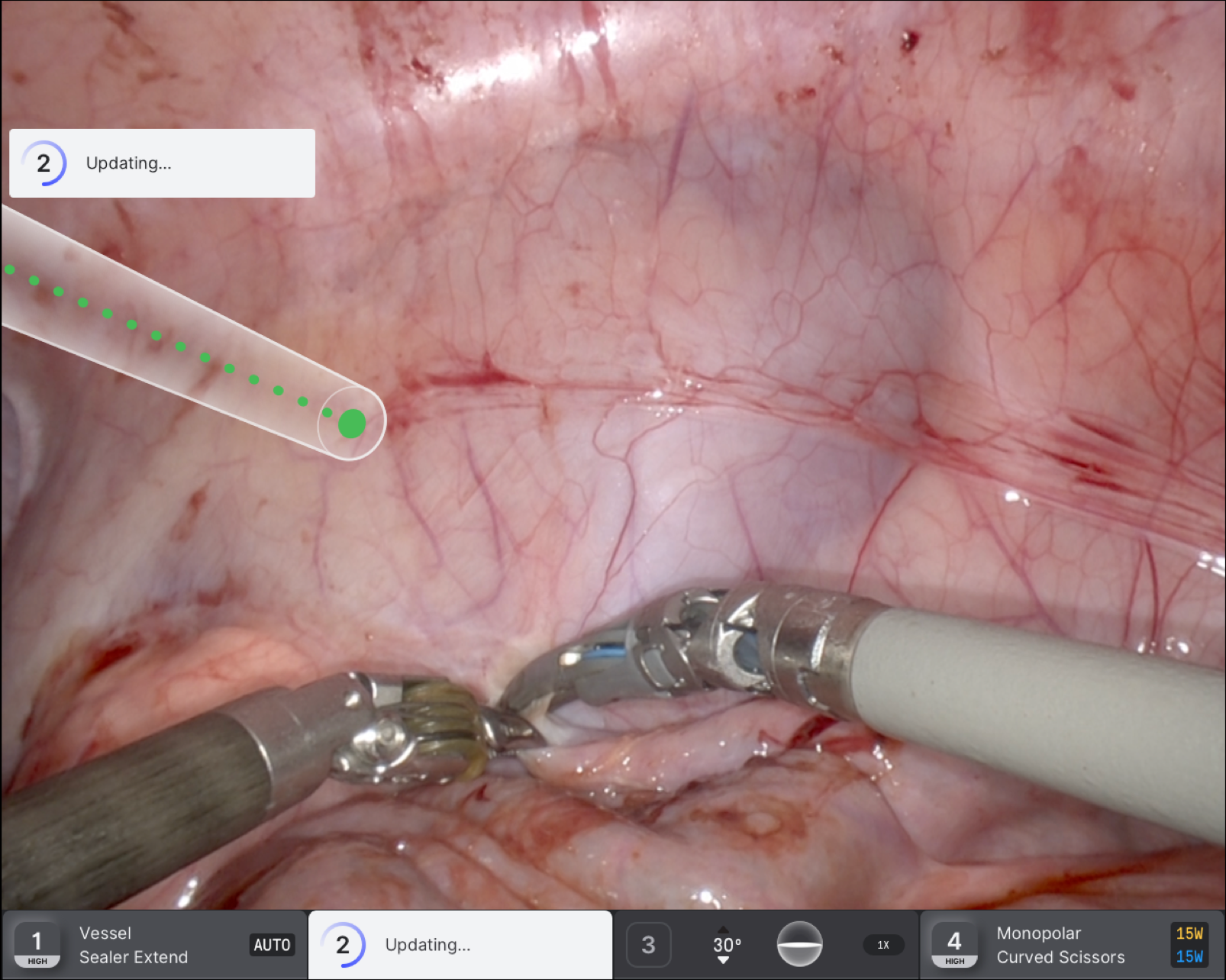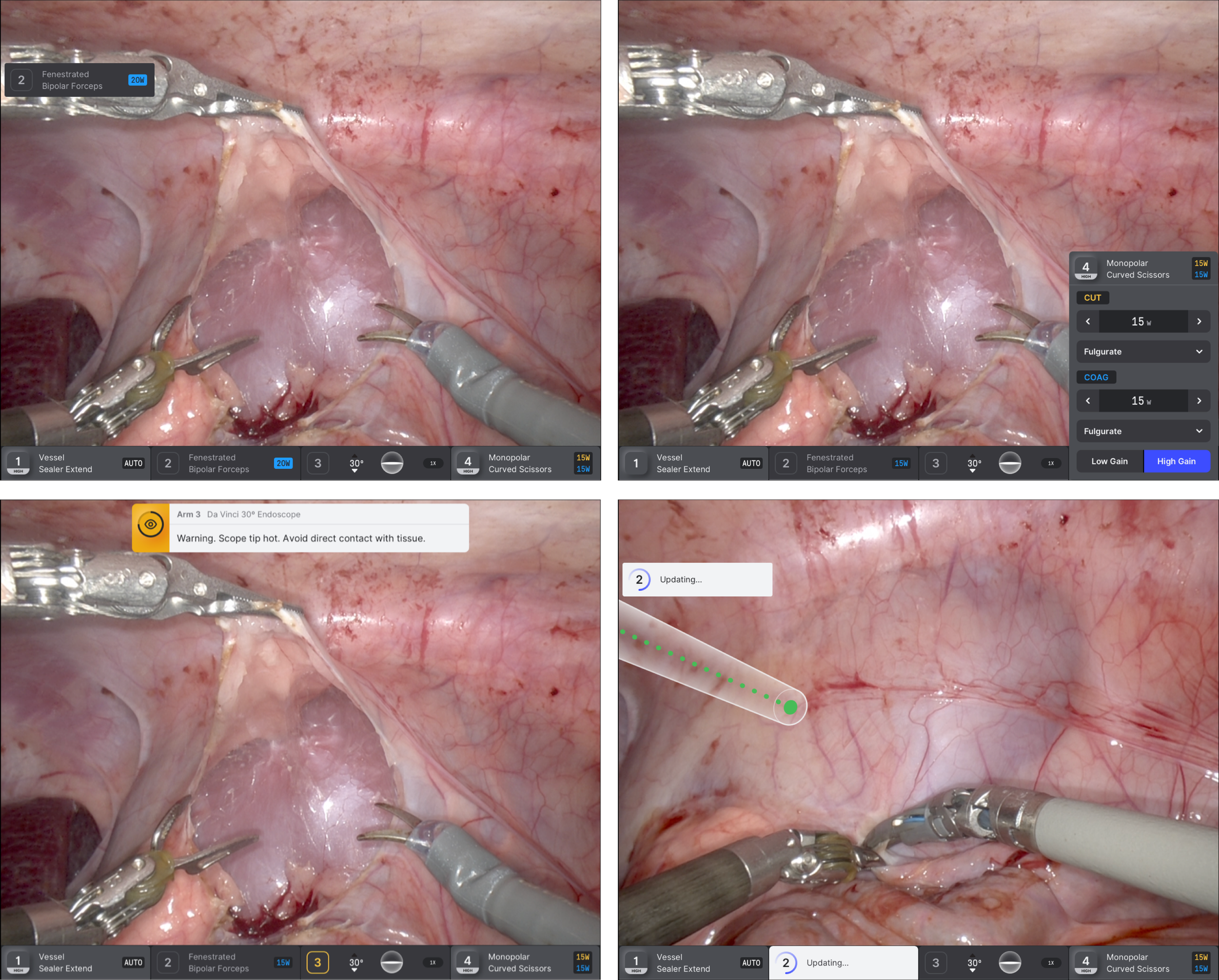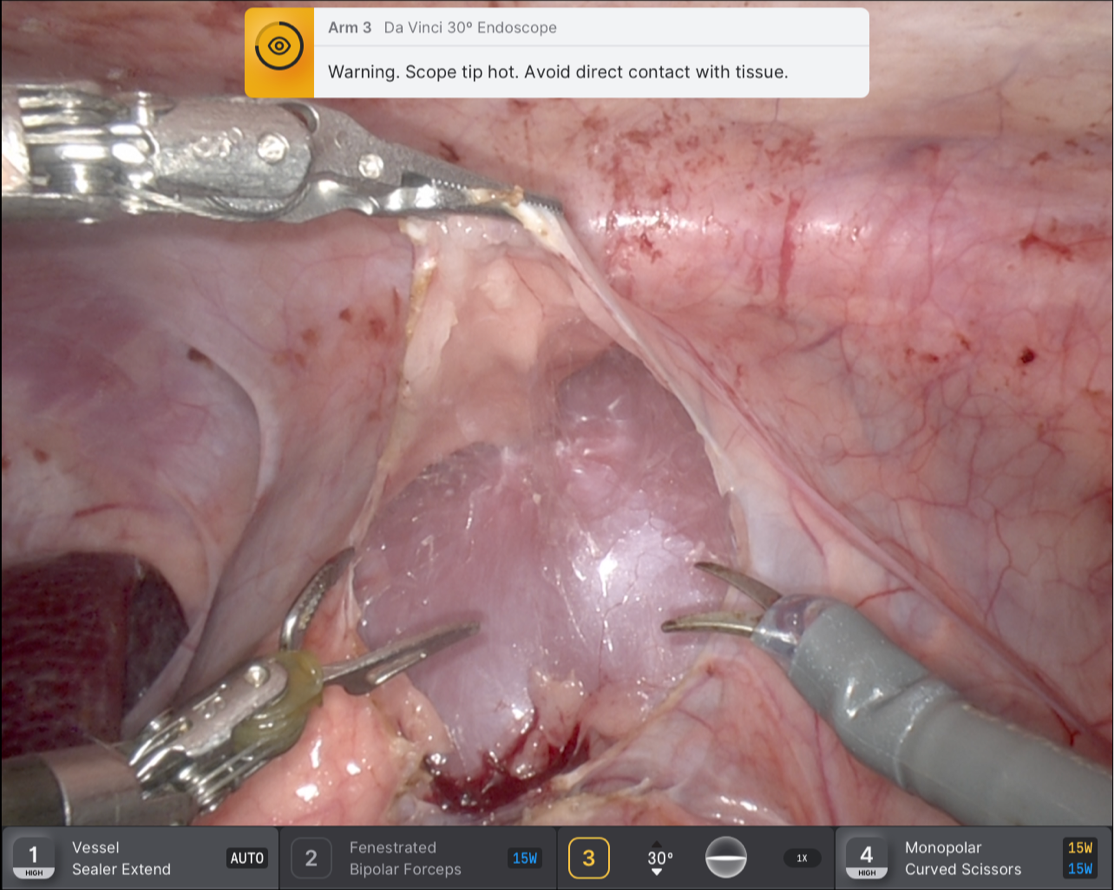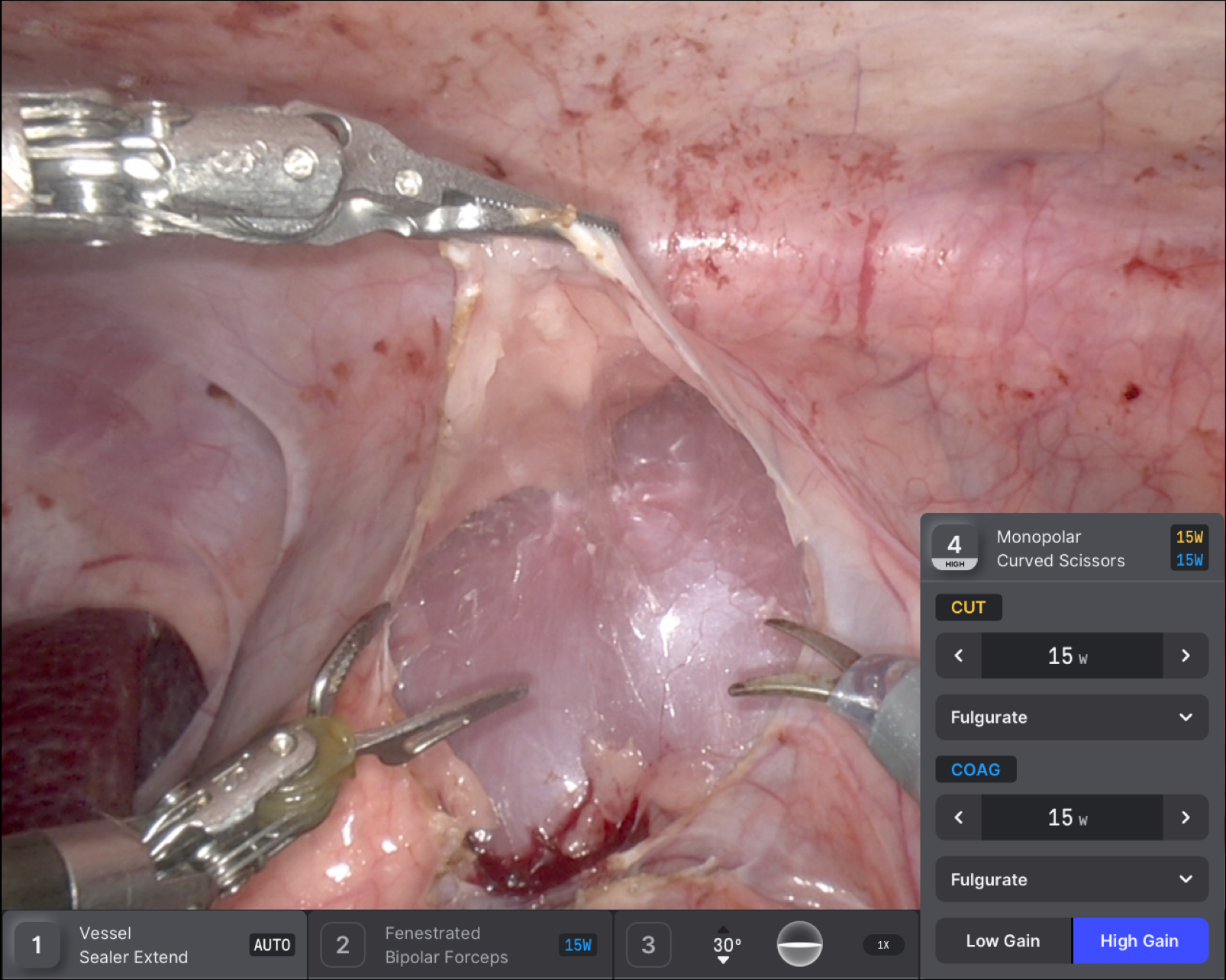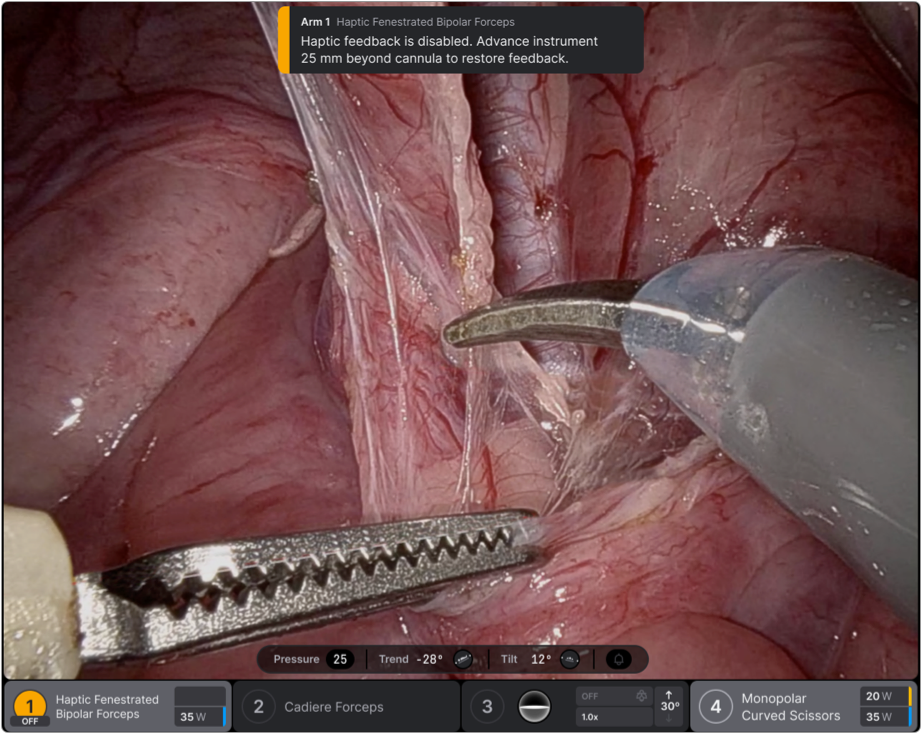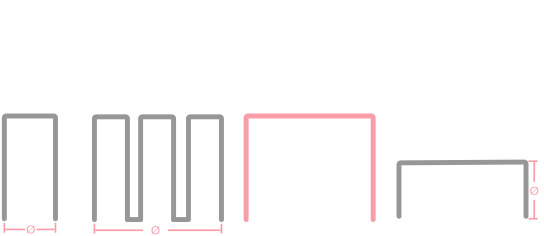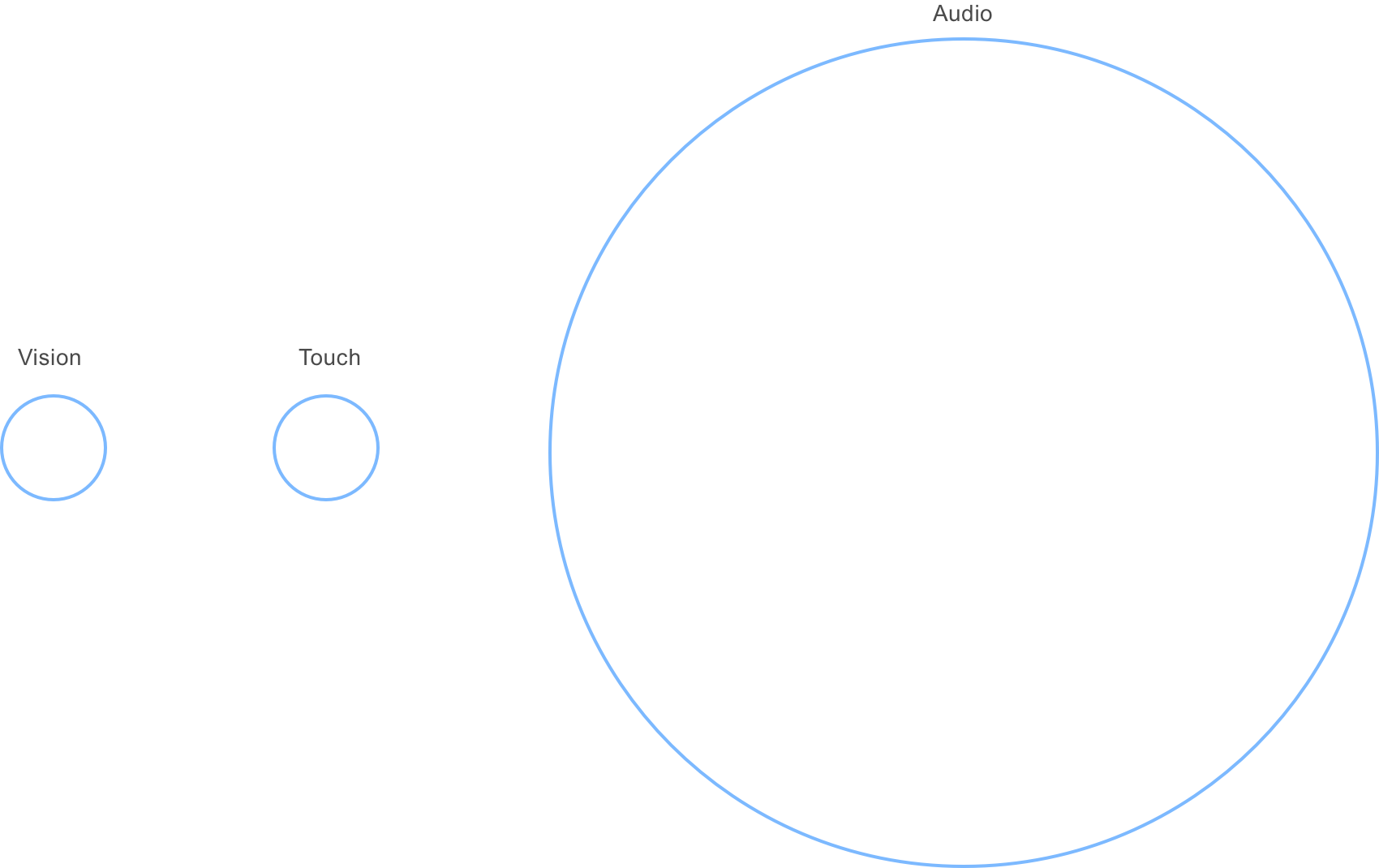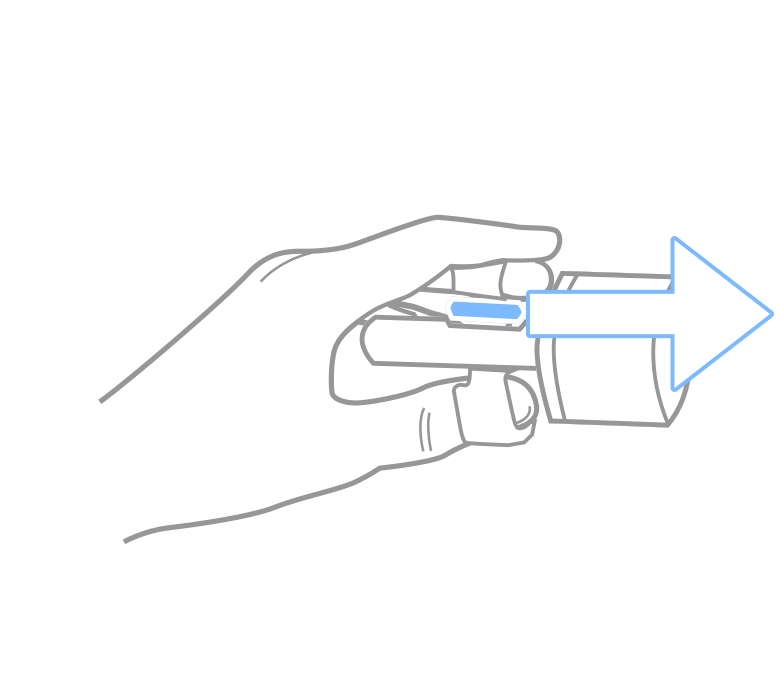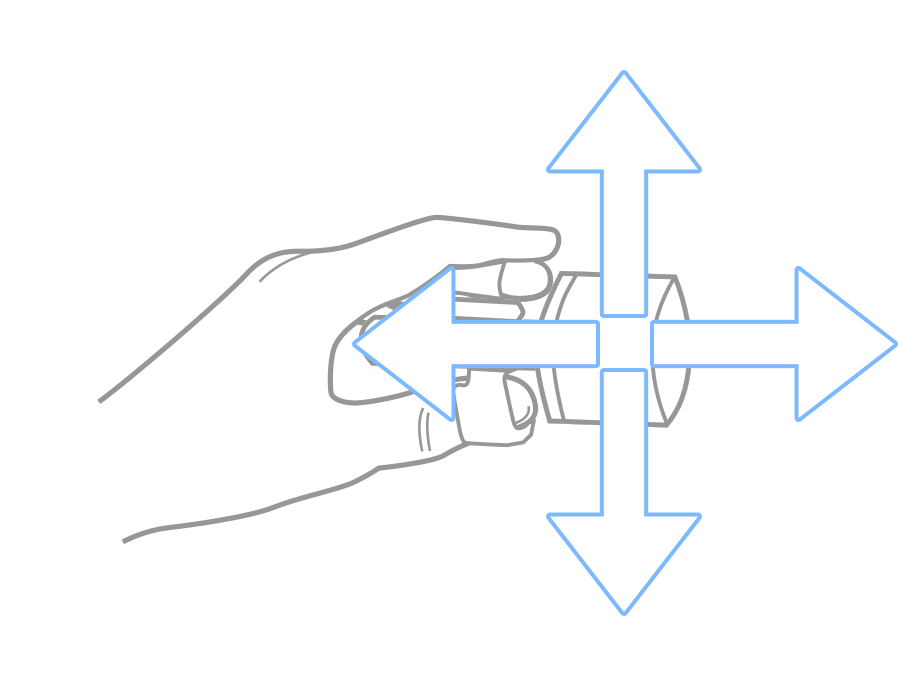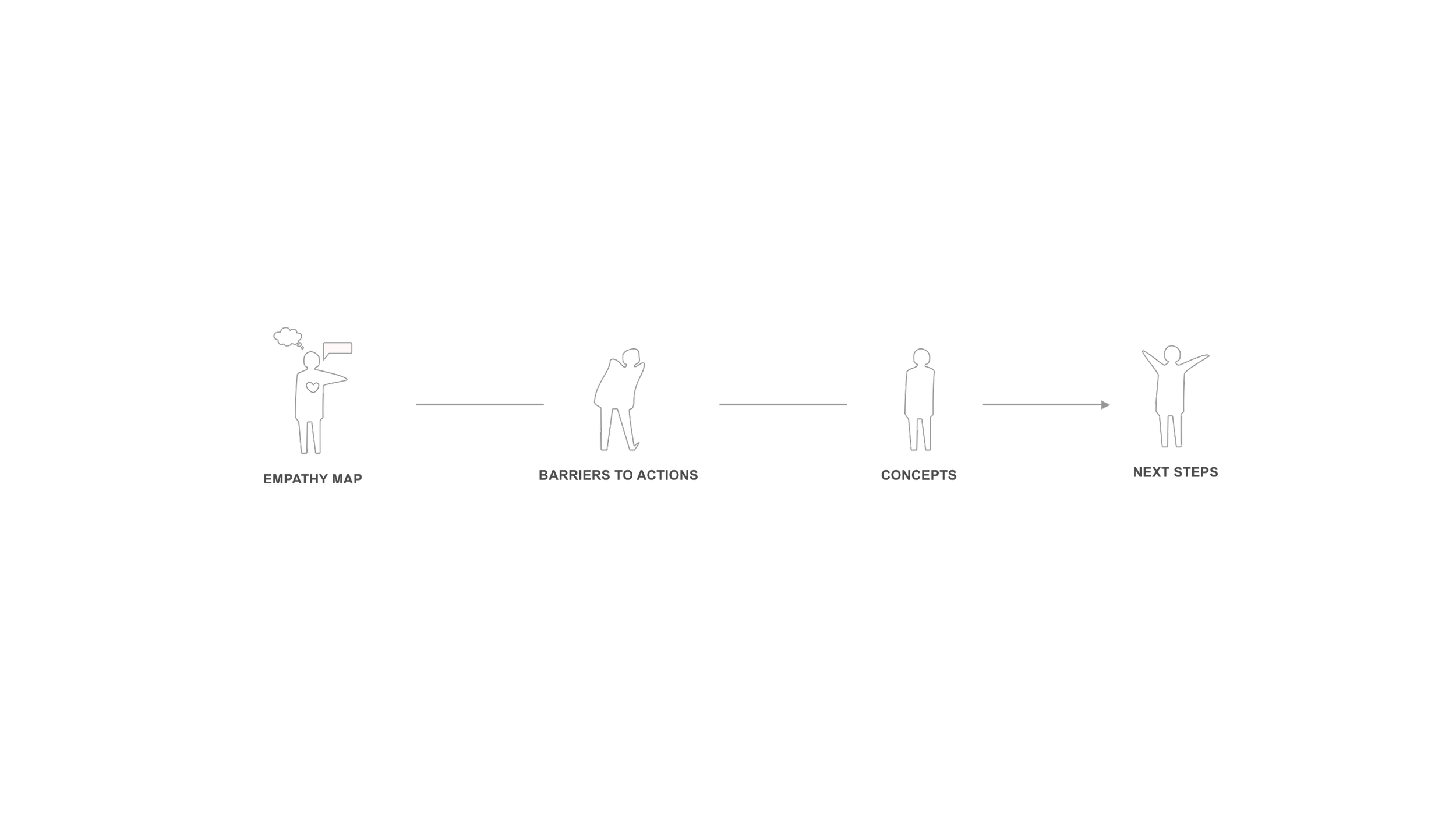Da Vinci 5 Surgery Robot Multi Modal UI
Context
Intuitive Surgical was preparing the Da Vinci 5 (DV5) surgeon console, energy tower, and robotics platform for U.S. Food and Drug Administration (FDA) clearance ahead of launch. The new system increased computing power, improved visualization, expanded range of motion, and added ergonomic options—enabling surgeons to control more surgical components directly from the console.
Ahead of early clinical evaluations, the system had no new user interface (UI) and no user experience (UX) work completed. The value proposition for surgeons was unclear, and the broader team perceived design as behind schedule—creating a material risk of release delay.
Actions
I first aligned with the DV5 program: partnered with the program manager to map the release schedule and critical path, then met 1:1 with mechanical, controls, software, clinical, and human-factors leads to surface risks and decision deadlines. A rapid audit of the user interface (UI) and user experience (UX) exposed gaps; I prioritized must-have intra-operative interactions and set a clear vision for “head-in” console control of energy, stapling, insufflation, and vision.
With the design producer and the Vice President (VP) of Engineering, I led a cross-functional strike team empowered with weekly decision making. We explored concepts, ran quick technical feasibility checks on the robot, and aligned designs to clinical and human-factors requirements to keep the work moving toward clinical evaluation readiness.
To execute at speed, I hired and appointed design functional leads for heads in UI, advanced instruments, accessories, and vision devices, and adhered to documentation standards and traceability. This ensured design specifications, marketing claims, product requirements, and clinical evidence stayed consistent and ready for the Food and Drug Administration (FDA) 510(k) submission.
Results
We delivered the prioritized interaction set and updated user interface (UI) in time for clinical evaluations. Using evaluation data, we iterated quickly, closed gaps between design intent and implementation, and completed the design and human-factors evidence needed for the U.S. Food and Drug Administration (FDA) 510(k) submission.
For surgeons and operating-room teams, the Da Vinci 5 (DV5) experience now improves ergonomics and autonomy with integrated, head-in console control of key subsystems. This reduced care-team coordination overhead, eased onboarding for teams migrating from prior platforms, and produced new intellectual property (IP) from interaction and device concepts.
32,000
Surgeries performed in 2024 using da Vinci 5 hardware.
2,500
Surgeons using DV5. Hospitals with over 200 beds reported a 42% adoption rate.
362
Da Vinci 5 systems were placed globally, with 174 of these in Q4 alone.
Heads in Display Design Principles
Using design principles to align perception with UI element placement in a heads-up display ensures that critical information is easily and intuitively accessible, reducing cognitive load, minimizing distractions, and enhancing overall surgeon experience and operational efficiency.
“A technical system is intuitively usable if the users’ subconscious application of prior knowledge leads to effective integration ”
— Diana Loeffler
UI Design System
Co-location
Arm flags
Alerts
Pedal Menu
Design system components were used to create more intuitive instruments to enhance surgeons' abilities, streamline support strategies, and improve efficiency and effectiveness. I aimed to reduce in the operating room times, decrease surgeons' fatigue, minimize training needs, and increase the standardization of repeatable good outcomes in surgeries.
UI controls explorations
WARNING
•
EXPLICIT SURGERY CONTENT
•
WARNING • EXPLICIT SURGERY CONTENT •
In-system Head in UI
At any moment during surgery, the surgeon knows which instrument is in each hand, the active function and settings of every advanced instrument, the insufflator status, the energy module settings, and whether each instrument provides haptic (tactile) feedback.
Sound Design System
Wave parameters
Wave Harmonics
Directional Sound
To cut through operating room noise and avoid alarm fatigue, a sound redesign was needed Utilizing the brain's faster recognition speed of 0.025s for sound compared to 0.2s for light or touch, by exploring wave parameters to convey meaning, sound harmonics to prevent masking, and 3D directional sound to disambiguate instrument locations.
Meaningful sound alerts
Da Vinci 5 Tones Exploration Samples. We aimed to create a cohesive soundscape where every sound was part of the same family, reinforcing the Intuitive brand tone and ensuring the meaning was clear and understandable.
Haptic Design System
Haptic Barrier
Finger Switch
MTM Movement
Precision dexterity is one of the most significant advantages of the Da Vinci system. Still, the combination of multiple degrees of freedom with instrument modality and function switches creates a wide array of capabilities that can be difficult to master due to the sheer amount of variation, raising the threshold for instrument mastery.
Using a design system for haptics with predetermined, learnable components and functionality allows for the intuitive transfer of knowledge from one instrument to another, thereby increasing learnability.
Concept Work
Using a design thinking process to create new medical products ensures they are user-centered and address real-world healthcare challenges, whereas relying solely on engineering focuses primarily on technical feasibility and performance.
Concept prototypes
In this Da Vinci 5 prototype, we tested and refined interaction paradigms and visualization techniques to clearly represent oxygen absorption rates within cancerous tissue, supporting faster interpretation and decision-making.
